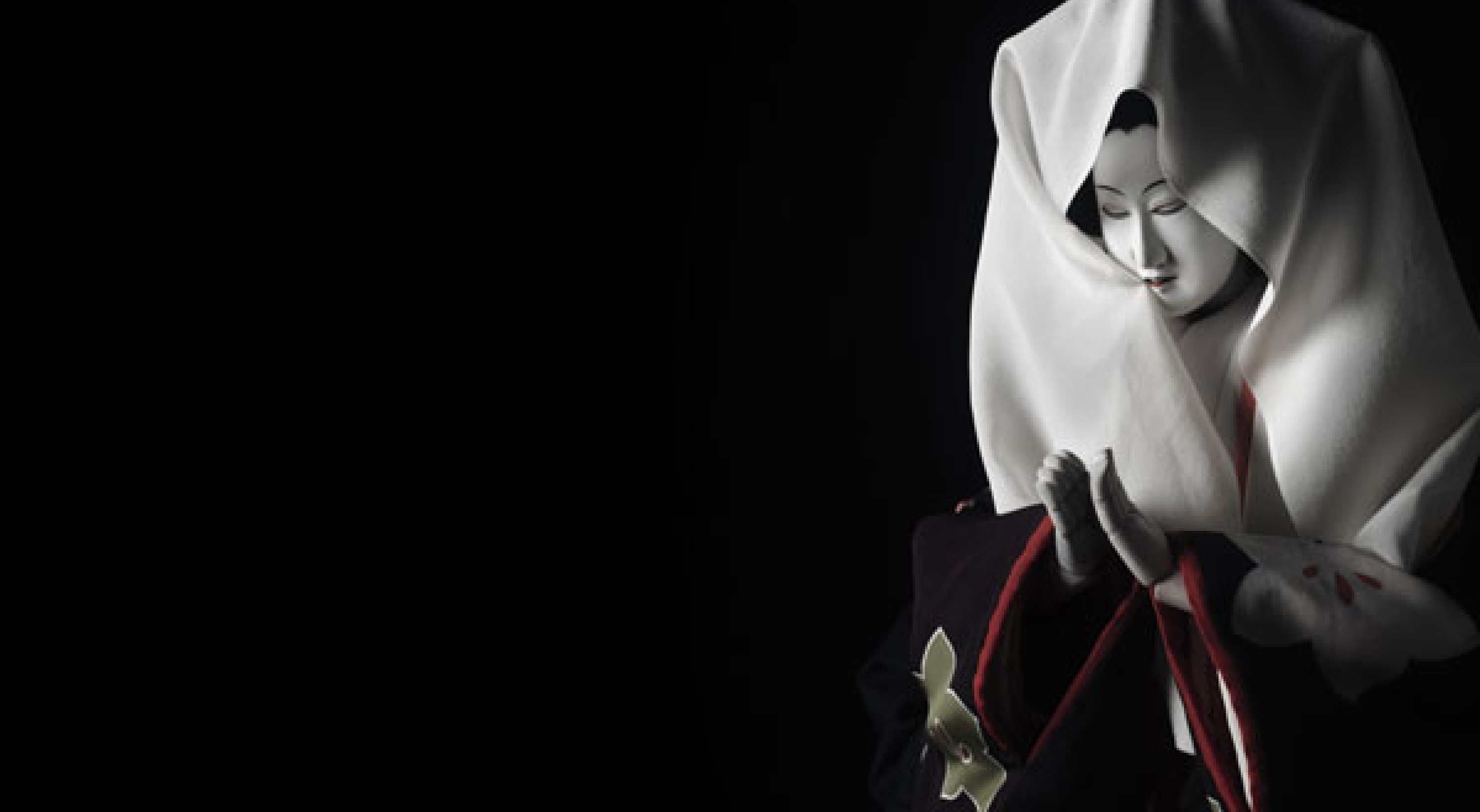Sugimoto Bunraku Sonezaki Shinjû
Double suicide à Sonezaki
octoberoct 10 – 19
Sugimoto Bunraku Sonezaki Shinjû
Direction and Artisitic, Hiroshi Sugimoto
Composition Musical Direction, Tsurusawa Seiji
Choreography, Waka Yamamura
Video, Hiroshi Sugimoto et Tabaimo
With Tsurusawa Seiji (shaminsen), Kiritake Kanjuro (manipulation) Yoshida Ichisuke (manipulation), and 24 performers
Organisation, The Japan Foundation, The Odawara Art Foundation (Tokyo)
Advisor, Emmanuelle de Montgazon
Translation and subtitles, Patrick De Vos
Inspired by the original Sonezaki shinju tsuketari Kannon meguri de Chikamatsu Monzaemon (extract of Shin- Nihon koten bungaku taikei, Iwanami Shoten Publishers)
Production The Odawara Art Foundation (Tokyo) // Corealisation Théâtre de la Ville-Paris ; Festival d’Automne à Paris // Collaboration with Bunraku Kyokai (Osaka) and la Maison de la Culture du Japon à Paris // With the support of Boucheron Paris, Costume National and Shiseido for the production of the performance in Japan // With the support of la Fondation d’entreprise Hermès, la Fondation Franco-Japonaise Sasakawa et de la Fondation pour l’étude de la langue et de la civilisation japonaises sous l’égide de la Fondation de France // Premiered the 14 of August 2011 at Kanagawa Arts Theater (Japan)
Partnership with France Inter
After an investigation of nô theater, renowned photographer Hiroshi Sugimoto adapts a play by early 18th century playwright Chikamatsu Monzaemon. Telling a tale of tragic
love, Sugimoto revisits bunraku, a traditional form of puppet theater. The subtle light design, video work and operatic staging make the wooden protagonists truly come to life.
In the same place
